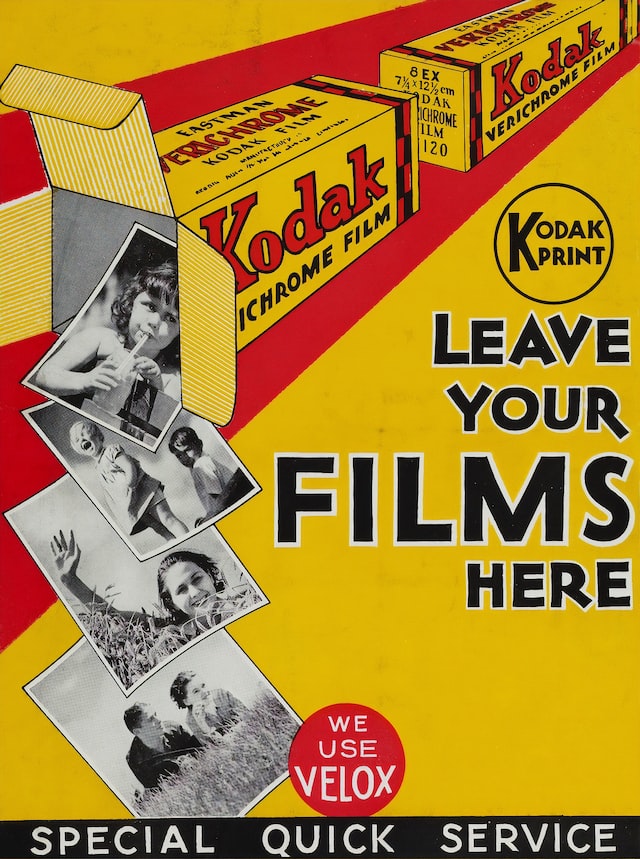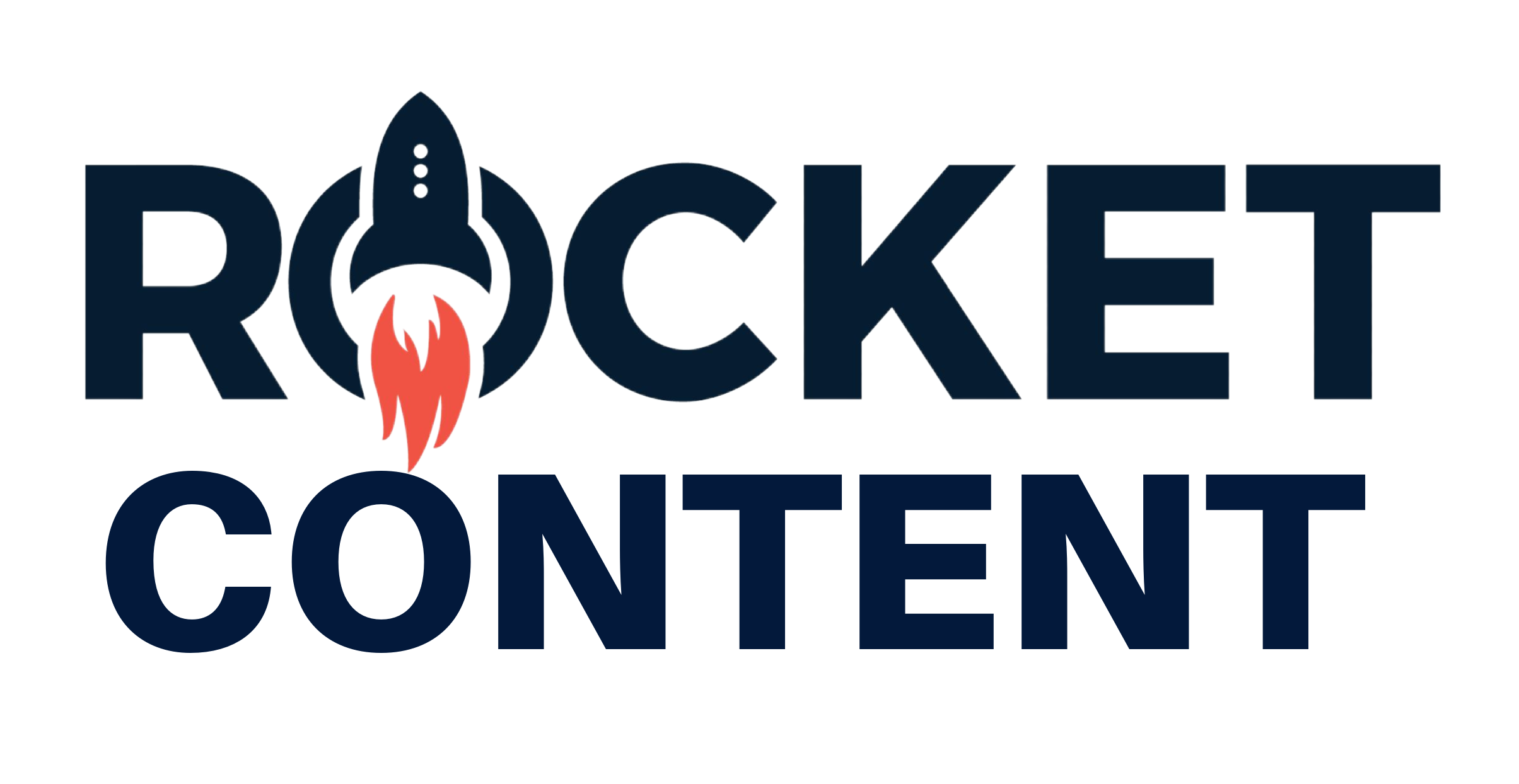Every day, we are bombarded with advertising. Whether scrolling through our Facebook feed, watching TV, or listening to the radio, it’s nearly impossible to escape ads. But have you ever stopped to think about how those ads are created? What goes into writing copy for advertising?
As it turns out, there’s much more to it than just coming up with a catchy slogan. To be effective, advertising copy must be creative, relatable, and memorable. It must grab attention and hold onto it long enough to deliver its message. And it has to do all of this in just a few seconds. So not only do you need to know how to write copy but you need to make sure it meets all of these criteria.
What Is Ad Copy?
Ad copy is the text that appears in advertisements. The purpose of ad copy is to sell a product or service, which copywriters usually write.

Ad copy usually consists of three parts:
- A tagline/headline: A memorable phrase that sums up the product or service
- Body copy: Used to persuade the reader to buy the product or service. It can include images, text, and CTAs (calls to action).
- The call to action is a phrase that encourages the reader to take action, such as “Buy now!” or “Click here to learn more.”
Ad copy can be found in magazines, newspapers, online ads, and billboards. When writing ad copy, it is essential to keep the audience in mind and to write persuasive, compelling copy that will make them want to buy the product or service.
Tips for Writing Ad Copy
So let’s get started. Here are five tips for writing ad copy that sells:
1. Know Your Audience
The first step in writing ad copy is to know your audience. Who is your intended audience, their age, habits, and interests?
By understanding who your target consumers are, you can write copy that appeals to them on a personal level. For example, if you’re selling a new skin-rejuvenating product, you would want to target ads for women aged 25-54. Your ad copy should address the concerns and needs of this target audience.
Anticipating their emotional triggers will also help you write more effective ad copy. What will make them want to buy your product or service? Is it a need for security, a desire for status, or a fear of missing out? To do so, use power words. Power words are words that evoke an emotional response. They are often used in headlines and calls to action, as they can help persuade readers to take action. Some examples of power words include: unique, exclusive, free, guarantee, and essential.
2. Write Compelling Headlines
When writing copy for advertising, the first and most important thing you can do is make your headline meaningful. After all, the headline will first grab attention and persuade readers to keep reading. Here are some tips for making your headlines as impactful as possible:
- Use strong and persuasive language: Make sure your headline uses punch words. Words like “amazing,” “unbelievable,” and ” transform” will help to pique interest and show that your product or service is worth checking out.
- Make it short: In our fast-paced world, folks don’t have the patience to read lengthy, drawn-out headlines. So, ensure your headline is short and catchy.
- Make it relevant: Be sure to choose a relevant headline for your target consumers. This will help ensure that only those who are interested in what your offer will keep reading.
By following these tips, you can ensure that your headlines are as effective as possible and that you’re able to reach your intended audience.
3. Showcase Value
Consider what questions they ask, their pain points, and personal demographics, and keep in mind how your product or service can improve their lives. To do this, take a step back and analyze what your product offers that is unique and beneficial to potential customers. Once you’ve identified these key selling points, highlight them in your ad copy.
Some examples of key selling points could be:
- A money-back guarantee
- Free shipping
- 24/7 customer support
- A wide selection of products
By showcasing your product or service’s value, you can help persuade potential customers to make a purchase.
4. Use Visuals.
In addition to text, ad copy can also include videos and images. Using visuals in your ad copy can grab attention and persuade potential customers to take action.
When choosing visuals for your ad, select pictures or reels that are high-quality and relevant to your product or service, you should also consider using close-ups, as they can help highlight the features of your product in a more impactful way.

Visuals on an Ad copy
Keep videos short and on autoplay to avoid annoying potential customers.
5. Always Include A CTA
What would be the point of not having a CTA? A CTA is crucial in every advertisement as it tells the potential customer what to do next. This is our advertising goal, to get them to take action.
Make sure your CTA is short, sweet, and to the point. Be clear about what you want them to do and include a sense of urgency to encourage potential customers to take action right. Some examples of effective calls to action include:
- “Buy now!”
- “Sign up today!”
- “Get 50% off your first purchase!”
Ensure the CTA are clickable buttons leading to your product/landing page. They should be on a visible spot on the page. For instance, at the bottom of your ad, potential customers will see them before they leave or beside the photo or video of your product.
Only include ONE CTA to keep potential customers manageable.
In Conclusion
By following these tips, you can ensure that your ad copy is very compelling and persuasive. By using strong language, highlighting the value of your product, and including a call to action, you can help increase conversions and reach your audience. So, what are you waiting for? Get started on creating your effective ad copy today!

Want to discuss your sites mission?
If you have any questions about the ghostwriter preise service or understand if it is right for you.